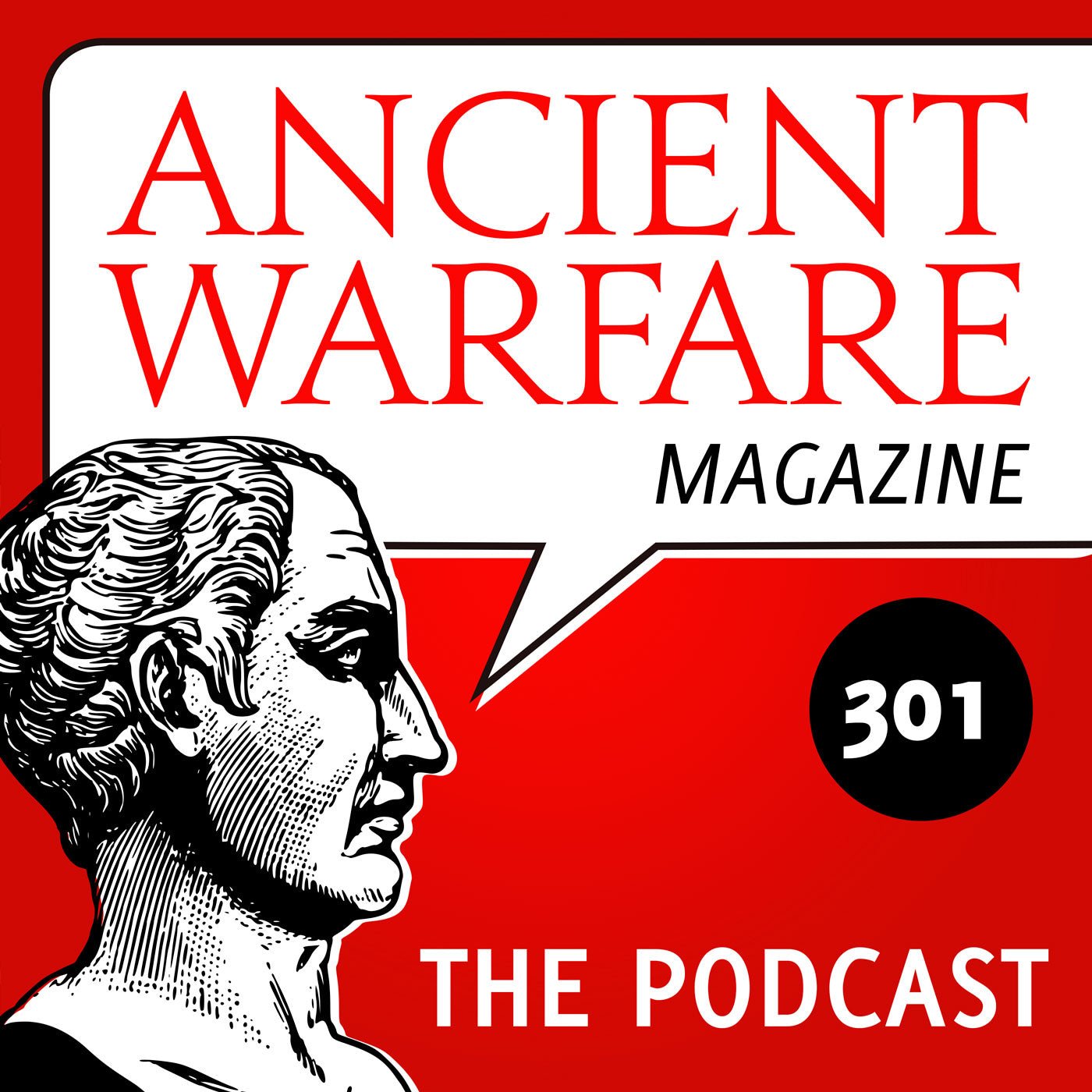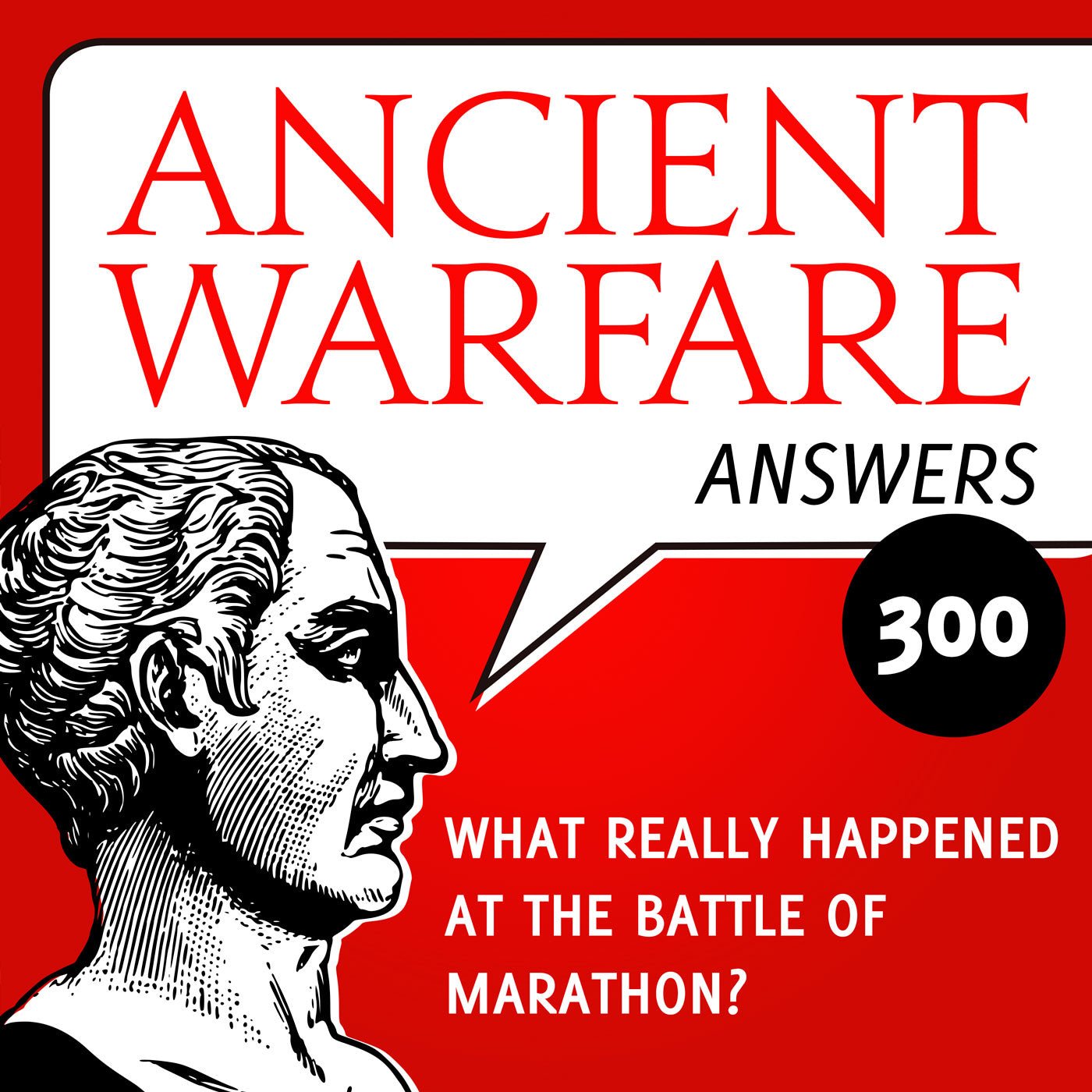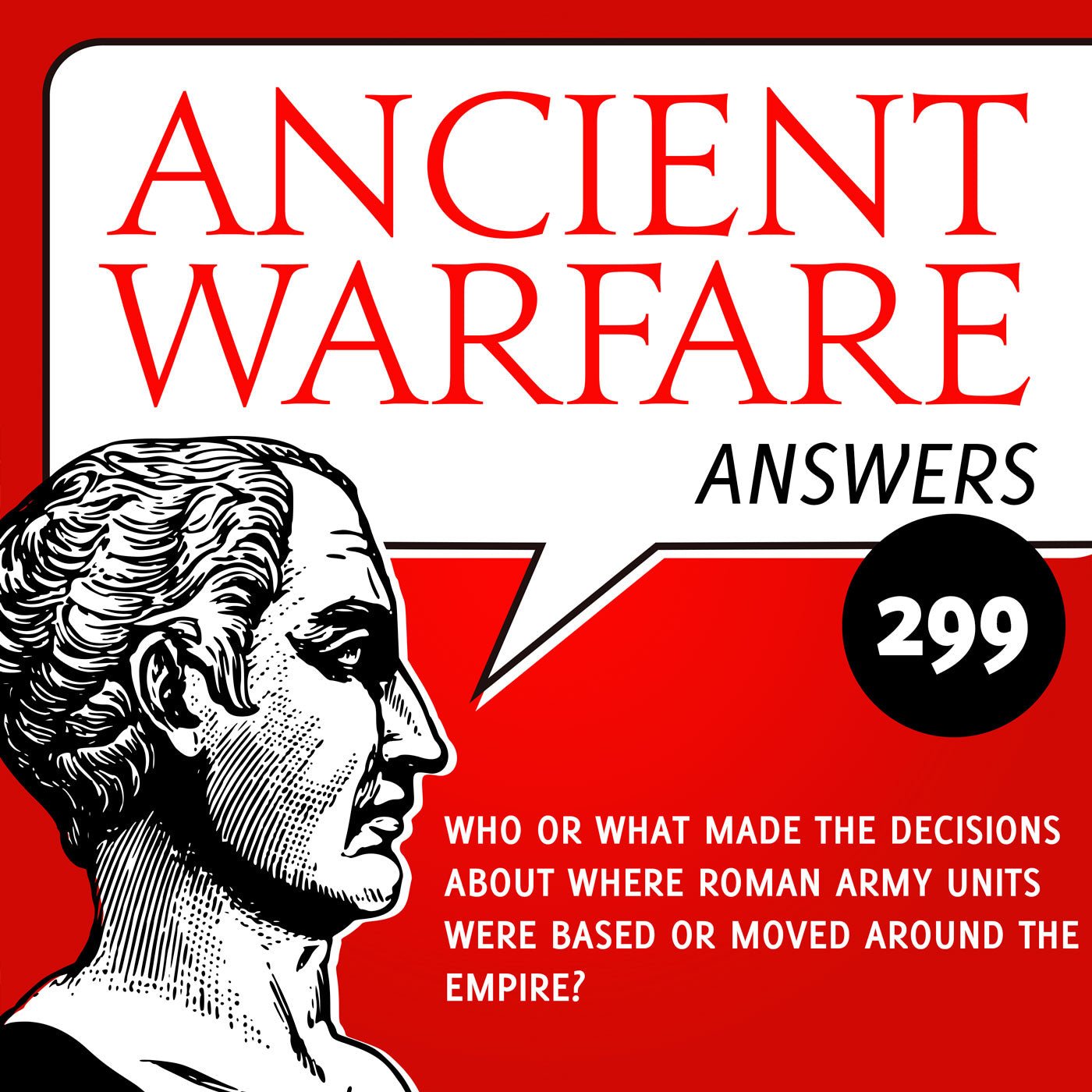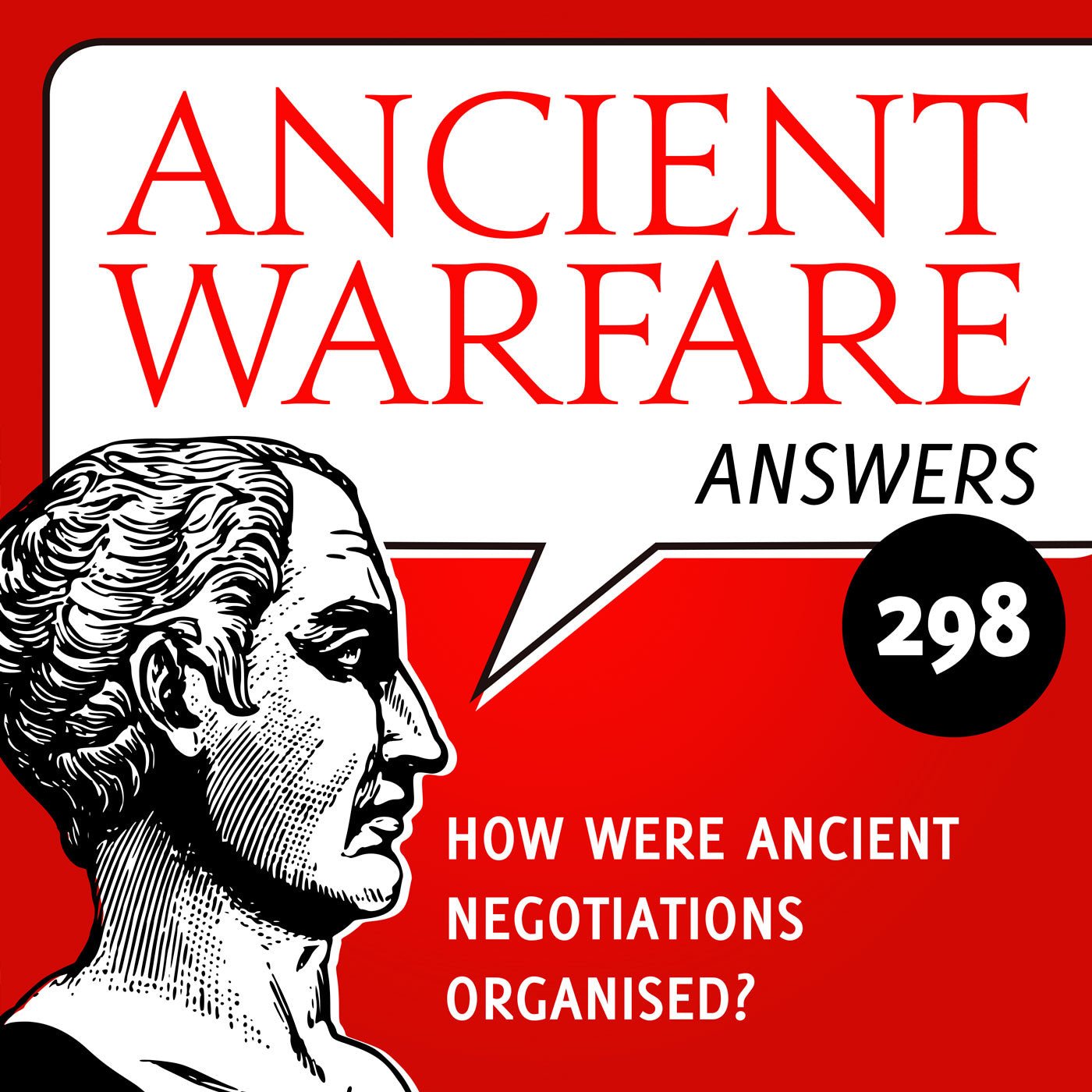Why are there ‘problems’ in Greek warfare?
If you’ve read a few of the more academically-inclined books or articles on the subject of Greek warfare, including material from Ancient Warfare magazine itself, you’ll probably have noticed that there are quite a few bones of contention in this field.
The main one concerns the hoplite, the Greek heavily-armed warrior with spear and shield. Was the appearance of this warrior around 700 BC in any way significant? From a purely military point of view, did he immediately fight in a packed, well-ordered phalanx, or did he, at least initially, continue to operate more freely, in the manner of Homeric heroes? From a social perspective, was he part of a new, emerging middle-class of citizen-farmers or was he an affluent member of society, possibly even an aristocrat? From a diachronic point of view, did things change and develop over time and if yes, how and why?
Modern commentators don’t seem to be able to reach a consensus on these matters. See, for example, the various chapters in the collected volume Men of Bronze (2013), edited by Donald Kagan and Gregory Viggiano, where we bounce from one solid opinion on a specific matter in one chapter to a completely different one in the next. On the whole, though, it seems that what was once considered a camp of ‘heretics’ (of whom Hans van Wees is perhaps the best-known proponent) is slowly starting to overtake the supposed ‘orthodoxy’ (perhaps best represented by Victor Davis Hanson). But it has, and continues to be, a slow process.
But why are there all these different opinions in the first place? When one studies the past, is it not simply a matter of uncovering the truth (the assumption being that objects and sources have meanings in and of themselves)? How can two people look at the same thing and arrive at completely different conclusions? There are many reasons one can conjure up for that being the case, but the one that I think is most cogent has been articulated well by Shanks and Tilley in their book Re-Constructing Archaeology (second edition, 1992).
A social practice in the present
I’ve re-read the book recently and it still seems to me one of the most important publications on archaeology to have appeared in the last thirty years or so. And it’s a useful to read, I think, not just for archaeologists, but for anyone who studies the past. One of the things that Shanks and Tilley stress is that archaeology – or really, any discipline that concerns the past – isn’t actually about the past, but, rather, it is a social practice set in the present. (I’ve written about Michael Shanks’s work before.)
This is an important point that Shanks and Tilley expound upon in the course of the book. They stress that this social practice is not neutral, but set in a human world that is inherently political. The latter is key: consciously or not, many (all?) modern commentators have particular notions regarding how the world should function, and in many ways these opinions colour their interpretations of past practices. Shanks and Tilley stress that narratives supposedly dealing with the past are actually about power relations between the past and the present, author and audience, and so forth. (And yes, this idea has been influenced by Neo-Marxist thought.)
Why, for example, do people from western Europe or the US or anywhere outside of Greece actually study Greek history? The reason is because Western countries have appropriated ancient Greece. During the renaissance, the idea emerged that Classical Antiquity had been the highpoint of civilization, and something that ought to be emulated (it was, literally, ‘classical’). Initially, the focus was heavily on ancient Rome, but by the eighteenth century at least, contemporary scholars came to believe that much of Roman culture had been derived from ancient Greece, and therefore started to devote more attention to the Greek world, too.
Over the course of the modern era, the ‘Western’ world started to claim that we derived our modern culture directly from the classical world, as if the middle ages never happened. Hence, it has become commonplace to regard democracy as having been ‘invented’ in ancient Athens. Despite the fact that modern indirect democracies are completely different from the Athenian form of direct democracy, many still believe that there’s continuity from the past to the present. But such continuity needs to be proven and not simply assumed.
As such, narratives about the ancient past are generally about the present. No one is able to write an objective history of any particular subject (though Ian Hodder would stress that approximating historical reality – whatever that is – is still the task of those who study the past). And that isn’t a problem, as long as authors make clear why and how they arrive at their conclusions, and as long as they are conscious that what they’re writing says as much about them as about the subject that they are purportedly writing about.
Critics of Shanks and Tilley have said that this means any interpretation is essentially valid, including the idea that aliens built the pyramids. After all, if all knowledge is subjective, then why would one person’s interpretation be worth more or less than another’s? In other words, critics accused them of excessive relativism. But this is dishonest. Shanks and Tilley put a lot of stock in hermeneutics, and believe that archaeologists should use a double-hermeneutic, emphasizing that there shouldn’t be a hard distinction between archaeologists and the objects that they study. This is perhaps getting a bit too theoretical (if you’re interested, refer to their book, p. 248 and onwards), but the bottom line is that archaeologists should engage in dialogues of difference between subject and object, and this should extend to differences of opinion (i.e. interpretation) between modern commentators.
One of the most interesting things that Shanks and Tilley note is that archaeology (or, again, any discipline involving the past) is closely related to literary criticism, where everything comes down to interpretation. By engaging in a dialogue, you can arrive at particular conclusions. By comparing and contrasting different modern writers’ works, you might be able to arrive at a conclusion (i.e. a particular interpretation) that is perhaps greater than the sum of its parts.
In other words, the way to move forward in particular fields is not by simply trying to hammer home your own particular interpretation about the past (as many writers seem to do in the book edited by Kagan and Viggiano!), but by engaging in a dialogue with those whose opinions are different from your own. And while you’re doing that, you should ideally be conscious of all the intellectual baggage that you, yourself, bring to the table.
Further reading
If you’re interested in archaeological theory (and you don’t have to be interested in just archaeology), I recommend you check out these books, in addition to the one by Shanks and Tilley cited above:
-
Clive Gamble, Archaeology: The Basics (2001).
-
Ian Hodder, Theory and Practice in Archaeology (1992).
-
Matthew Johnson, Archaeological Theory: An Introduction (second edition, 2010).
And to circle back to this blog post’s title: I still think the bibliographic notes in J.E. Lendon’s Soldiers and Ghosts: A History of Battle in Classical Antiquity (2005), pp. 393–440, gives a decent overview of problems in Greek (and Roman!) warfare; you can also check the bibliographic notes in my Henchmen of Ares for some more recent literature, though the scope of my book is more narrow than Lendon’s.




